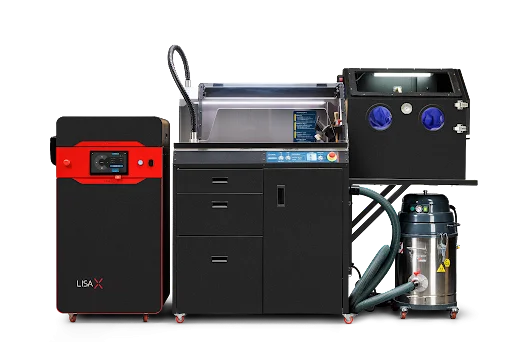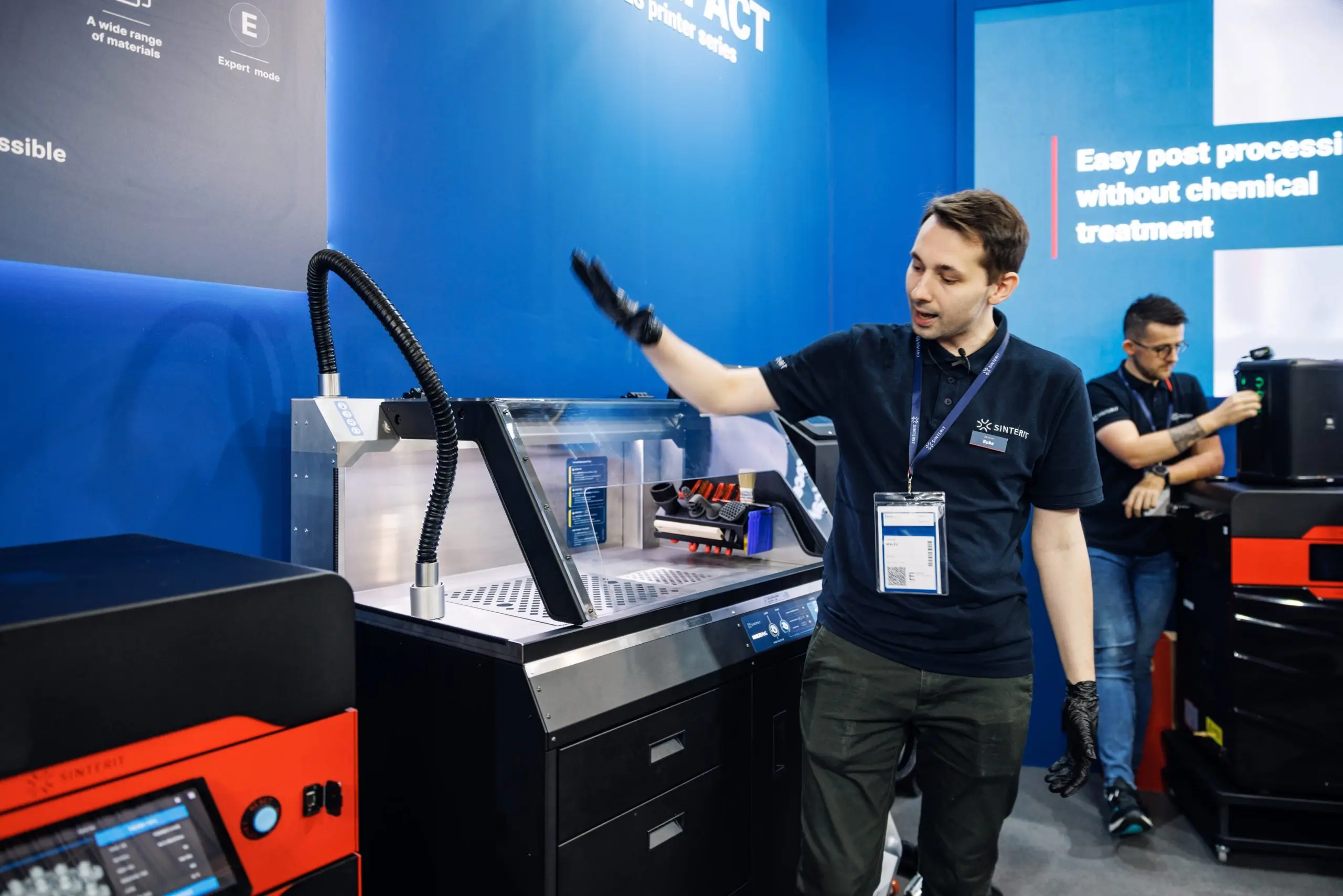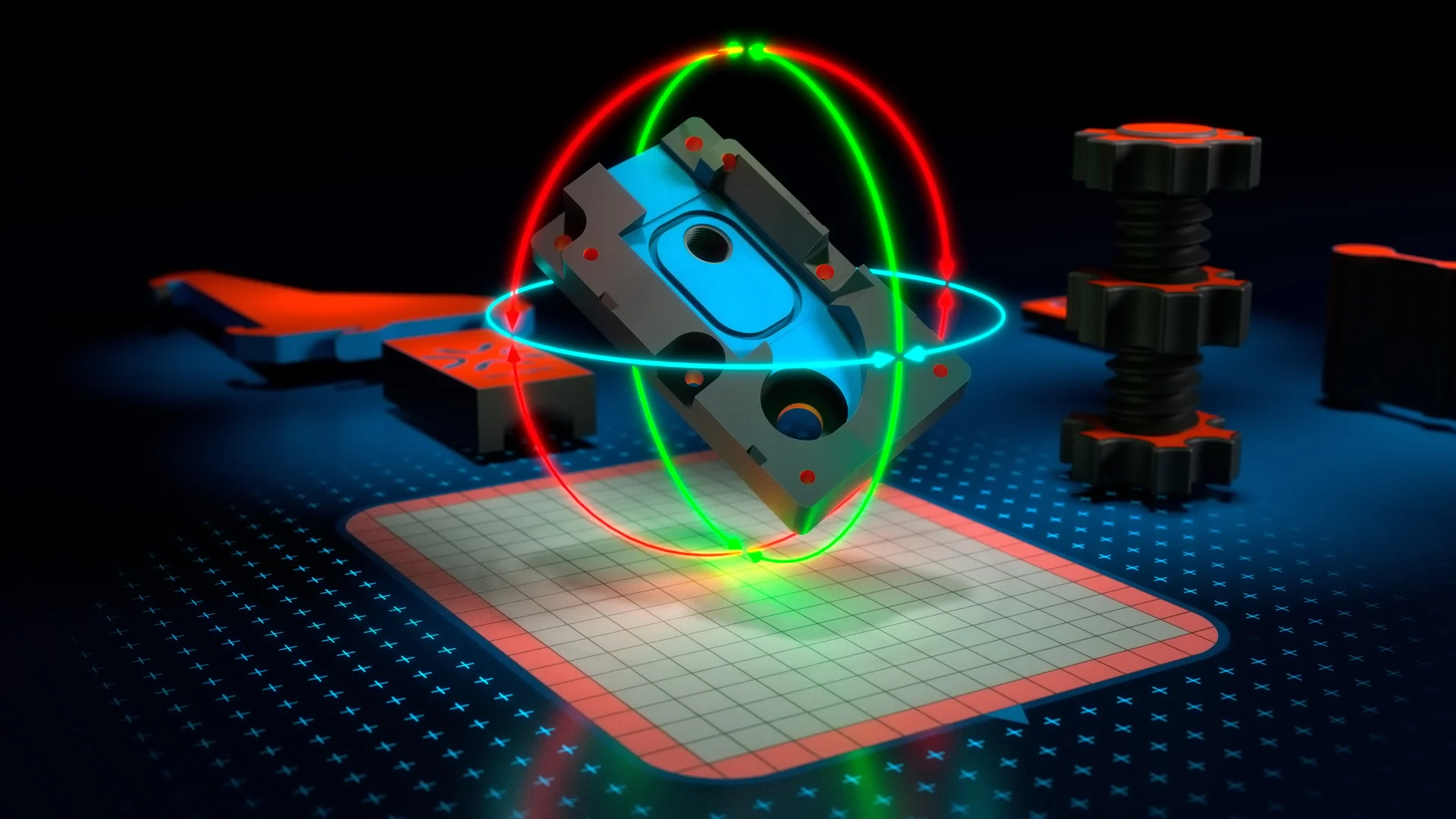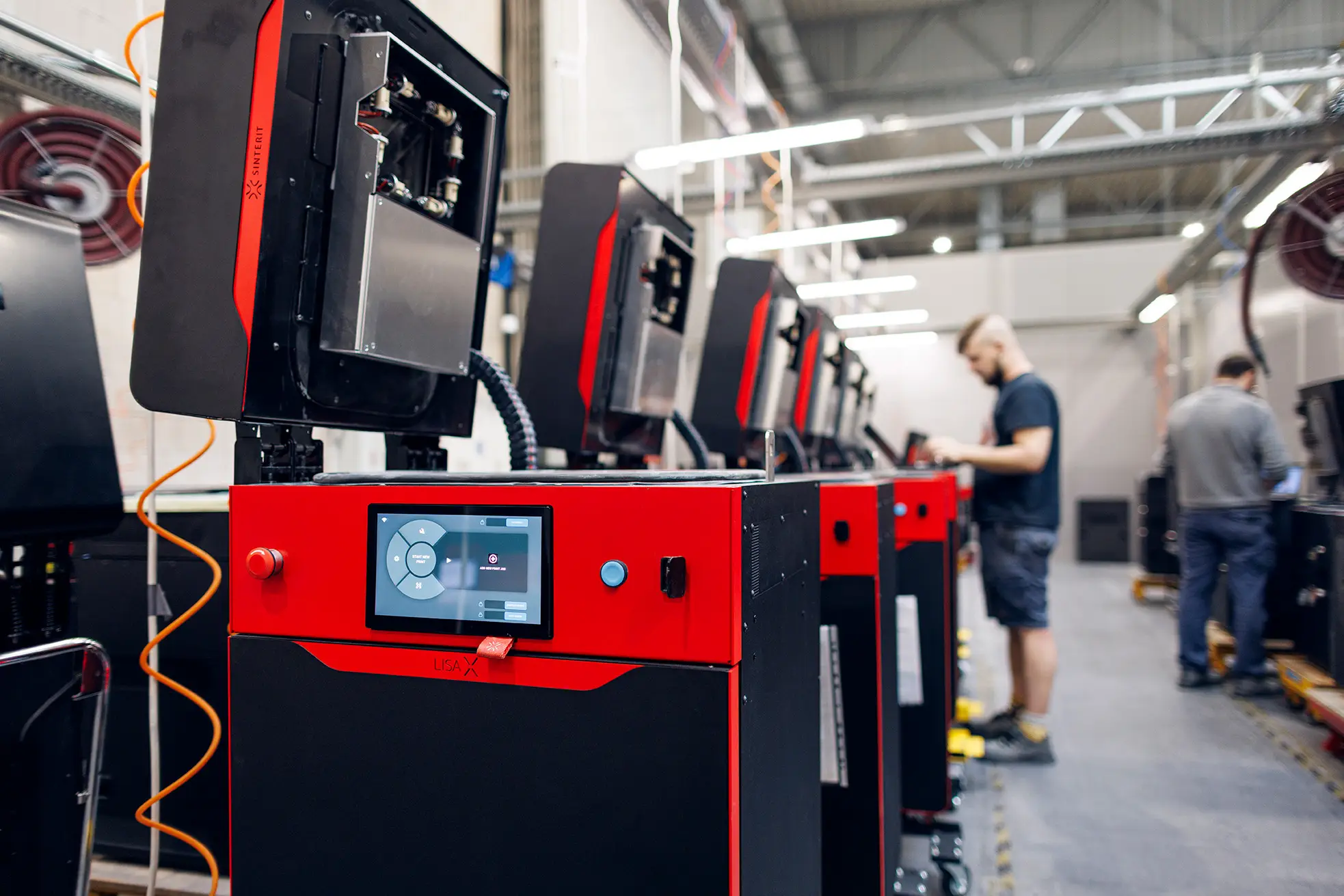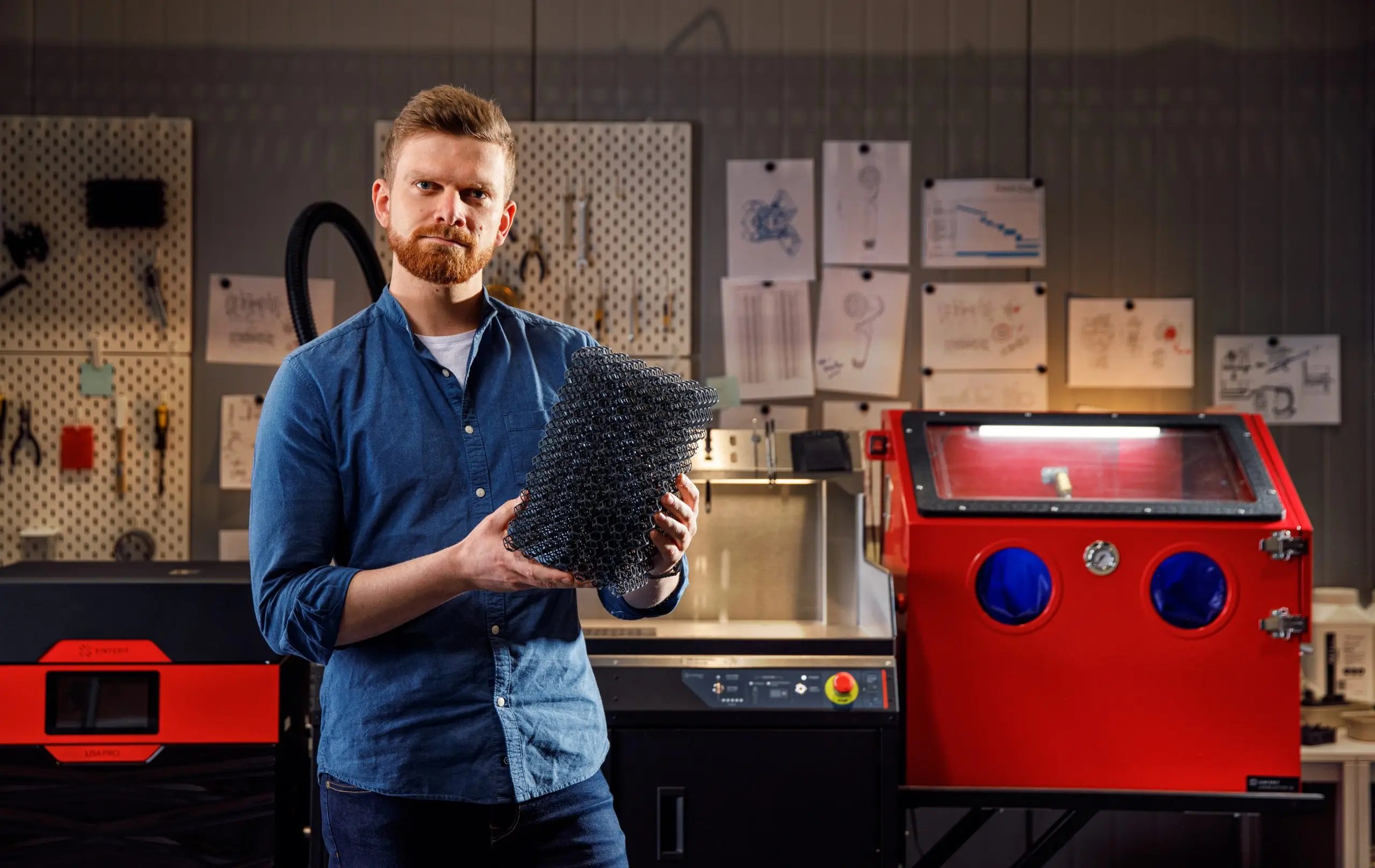5 benefits of open architecture in additive manufacturing
What stands behind a decision to make your solution open? Whether it’s software or hardware, it’s generally to make it more customizable, adaptable, and better for collaboration. But how does this affect SLS 3D printing specifically?
The SLS 3D printing market is still growing with a CAGR of 8.5% and is forecasted to reach a market size of 7,494.2 million USD by 2025 (source: Verified Market Reports). This growth is caused by an increasing demand for high-quality parts that have also low production costs.
The need to develop more lightweight and complex products and maintain cost-effective production leads companies to choose SLS technology over others. On the other hand, SLS 3D printing systems are still associated with high initial investment and limited awareness among end users. The second conclusion follows directly from the first.
To reconcile market expectations with obstacles the answer may be an SLS 3D printing solution with an open architecture. What does it mean?
What is an open architecture SLS 3D printing solution?
An open architecture in SLS 3D printing systems is quite a new term. As the number of SLS 3D printer manufacturers is still low, every company on the market has a different approach on how to adapt selective laser sintering to its client’s needs. This is reflected in areas such as the size of the working area, the material portfolio, and finally the openness of the printer architecture itself.
An open architecture refers to hardware, software, and materials used in the SLS 3D printing processes. Sometimes it is identified with open parameters, but it goes much beyond that. But let’s start with open parameters. Here you can find an article that shows what can you achieve by changing some SLS 3D printing parameters. For example, if you increase the temperature or lower the laser beam power, you lower the probability of the model bending when using polyamide-based powders like PA12 Smooth or PA11 Onyx. If you experience a well-baked “cake”, but the models are curved or tucked up you need to increase the cylinder temperature.
The ability to change as many printer parameters as possible is especially valuable for researchers and academics this is why university faculties who are on the SLS 3D printers buying path almost always ask for it.
But open architecture is far more than the possibility to freely adjust SLS 3D printer parameters. It makes you more independent from one manufacturer.
#1 Flexibility and Customization
Even though compact SLS 3D printers are way more affordable than the primarily industrial solutions, it is still a big expense, especially for small companies. If you buy an SLS 3D printer to develop your single idea you may wonder whether this expense will pay off in the future.
Open architecture allows users to customize and modify their 3D printing systems according to their specific needs and preferences. It doesn’t only mean that you can change some printer’s parameters. It is more than that. This flexibility extends to the choice of materials, software tools, and hardware components, enabling users to adapt the system for various applications and experiments. Some of Sinterit’s clients design their own post-processing tools that meet their goals.
The open architecture also means the chance to use 3rd party materials in your SLS 3D printer. It opens the possibilities.
#2 Freedom of Innovation
By removing restrictions on the use of proprietary technologies, open architecture encourages innovation within the 3D printing community. Users can freely experiment with new materials, techniques, and software algorithms, leading to the development of novel applications and improved printing processes.
In Sinterit we frequently receive signals from our clients, especially from universities, that they have used one of our printers to develop or test new material. Without an open architecture, it wouldn’t be possible.
#3 Cost Savings
On the list of the most important reasons for choosing an open architecture system are cost savings compared to proprietary alternatives. Users have the freedom to source components from multiple suppliers, choose affordable materials, and utilize open-source software tools, reducing the overall cost of ownership and operation.
On the other hand, instead of buying one large SLS 3D printing system, you can build a farm of smaller and more affordable compact SLS 3D printers that can work simultaneously and generate good ROI for small batch production.
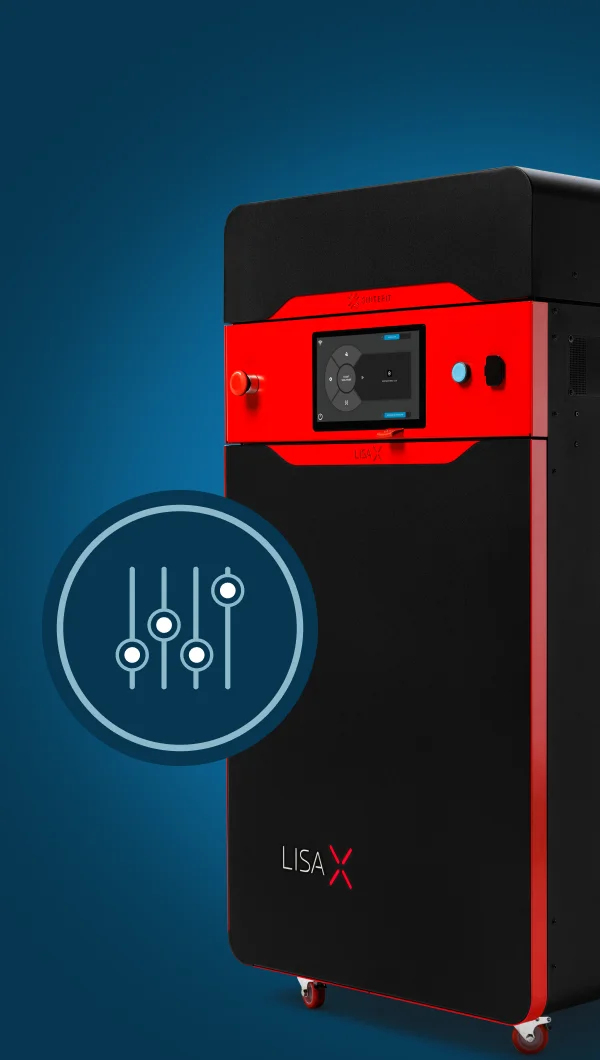
#4 Collaboration and Knowledge Sharing
Open architecture fosters collaboration and knowledge sharing within the 3D printing community. Users can exchange ideas, designs, and technical insights through online forums, collaborative projects, and open-source repositories, accelerating the pace of innovation and problem-solving. Since 2014 with thousands of Sinterit’s printers on the market, their users have exchanged knowledge and tips on how to get better results.
#5 Vendor Neutrality
With an open architecture system, users are not locked into a single vendor or supplier. They have the freedom to switch between different software applications, and material suppliers based on their evolving requirements and preferences. This vendor neutrality reduces dependency on specific companies and promotes a competitive marketplace.
You can have the SLS 3D printer from one vendor but the post-processing station from another that better suits your needs. If one goes hand in hand with the other, you are limited to one manufacturer. It may work for some clients just like for example Apple users are happy that iOS is a closed system. But many innovators look for more flexibility and choose the best solutions available on the market, from more than one brand.
Overall, an open architecture approach to 3D printing offers users greater flexibility, innovation opportunities, cost savings, collaboration potential, and vendor neutrality compared to closed or proprietary systems.
Summary
Let’s sum up. We’ve explored potential ways, you can use open architecture to your benefit: implement change faster, cut costs, collaborate, develop your own solutions, and customize the setup to solve your specific problems. It’s a really powerful tool, that can bring benefits to all kinds of applications.
But we’re aware this post only scratches the surface of the topic, and it’s highly probable you now have more specific questions. Below you’ll find a form dedicated specifically to that. Ask any question about open architecture below, and our expert will get back to you with an answer.
